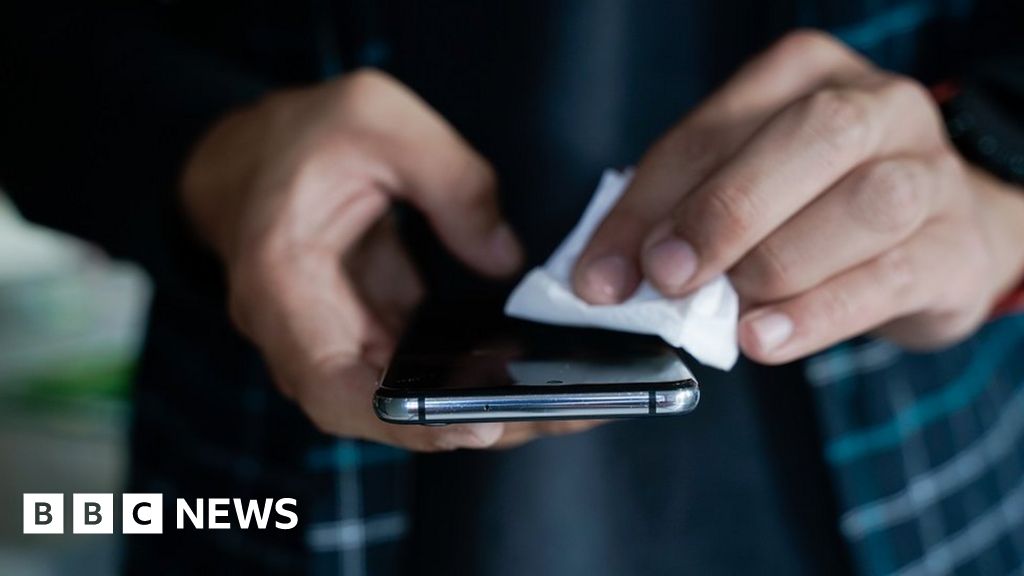Poor story construction can spread COVID-19 misinformation
Why poor story structure is going to make some people scared of bank notes.

Journalism can be 100% accurate — and yet still be misleading. The way we structure our stories can impact what information people take away from them. If you construct a story that is full of accurate information in the wrong place, you run the risk of people coming away unintentionally misinformed. This applies far beyond just journalism, of course. How we structure information is as important to effective communication and what we include.
COVID-19 is serious enough without reporting emerging research in a way that scares people unnecessarily. In an era rife with intentional misinformation, adding unintentional miscommunication to the pile helps no-one.
SARS-CoV-2 on surfaces
For example, take this piece from The Times:

Alarming, right?
The story is this: Australian researchers have discovered that the virus remains viable (my immunologist wife likes to remind me that viruses aren’t “alive” per se) on surfaces like banknotes and phones in the right conditions:
Researchers in Australia have concluded that the Sars-CoV-2 virus can withstand 28 days on certain surfaces in the right conditions. This is several times longer than previously thought, with past studies claiming that it could survive for a maximum of about six days.
OK. Scary stuff.
But…
The phrase “in the right conditions” is doing an awful lot of work in paragraph two. It really is.
What are those “conditions”?
Burying a critical fact
Let’s leap to the penultimate paragraph, where we learn something quite significant:
The Australian researchers conducted their analysis in the dark because it is known that ultraviolet light harms the virus.
In. The. Dark.
Because UV degrades the virus’s viability. You know, the thing that’s found in, say, sunlight.
You can’t rely on people reading to the end
We know that most people don’t read to the end of stories, so we can assume that the majority of readers won’t ever learn that piece of information. So, they’ll go away with the mistaken impression that the virus that causes COVID-19 can remain viable on bank notes for a month, under normal usage conditions, which isn't the case.
The BBC avoids making this mistake with the same story:

They explain the UV issue in the third sentence, and then contextualise the actual risk. It’s an important finding — the virus is clearly more robust than influenzas, for example.
But The Times piece runs the severe risk of the majority of readers coming away with the wrong impression. The story doesn’t mean what they think it does because a critical fact is buried away in the penultimate par.
I get why it happens: putting that information up front weakens the story. But, if you have to bury a critical fact to make a story stronger, boy, have you chosen the wrong angle.
I bet I’ll be seeing people in Facebook groups frantically talking about it surviving on surfaces for a month, thanks to the headlining and story construction of these reports.
Wash your hands. Don’t touch your face unnecessarily. Worry more about aerosol transmission. And don't bury critical facts in understanding your story in the penultimate par. 😷






